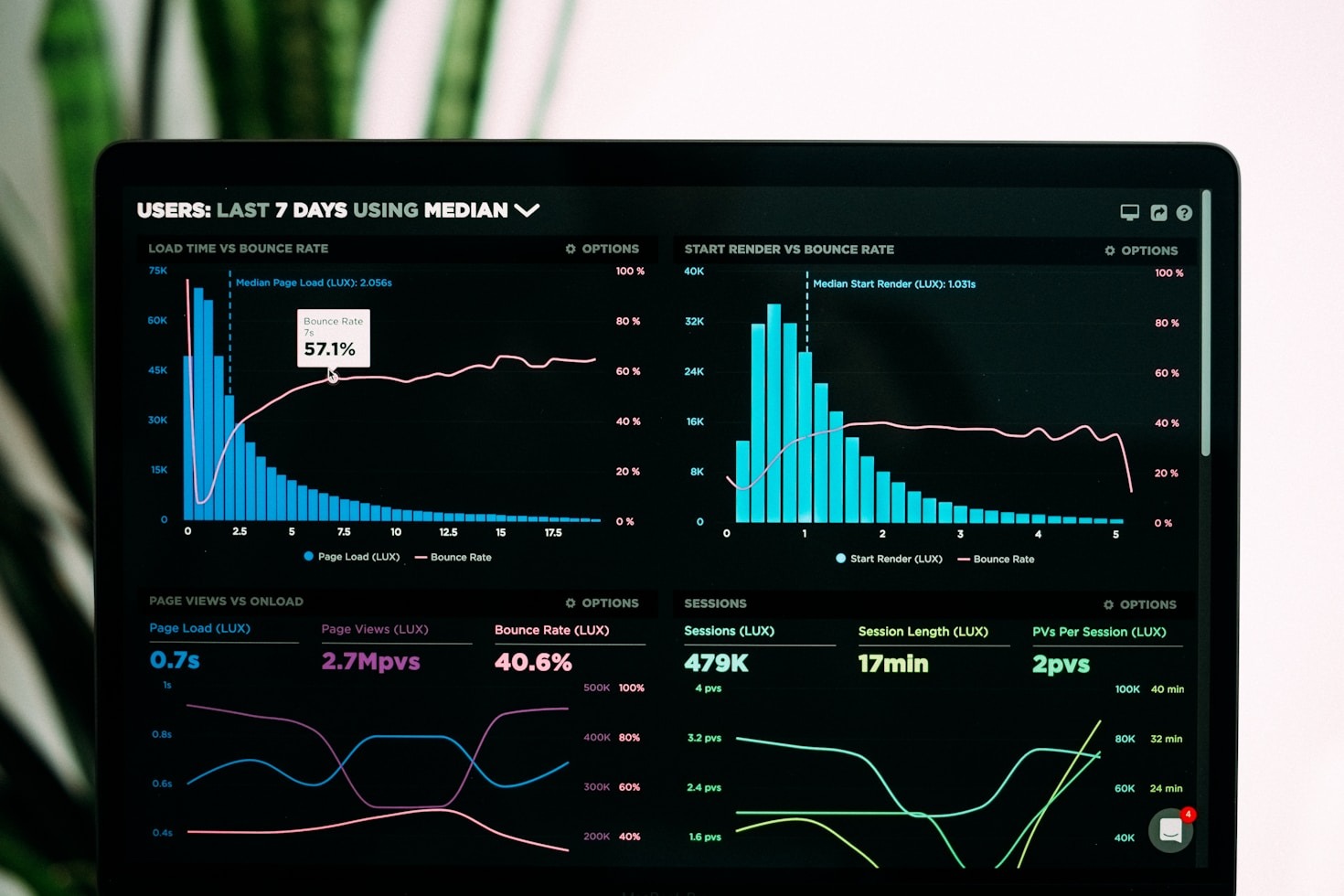Having a website without analyzing its traffic is like driving blindfolded: you’re moving forward, but you don’t know where you’re going. Web traffic analysis is the compass that guides your digital decisions. However, many companies and content creators only focus on the basics. Want to take your analysis to the next level? In this article, you’ll discover five effective ways to improve how you analyze your website traffic and turn data into results.
“Data tells stories… if you know how to listen.”
— Digital Marketing Analyst
Use professional tools, not just Google Analytics
Google Analytics is powerful, but it’s not the only option. Complementing your analysis with additional tools can give you a more complete view. Some recommendations:
Google Search Console: To see how you’re being found in search engines.
Hotjar or Microsoft Clarity: To view heat maps and session recordings.
SiteTrafficChecker: To analyze and compare your competitors’ traffic.
SEMrush or Ahrefs: To see which keywords are generating visits for you.
👉 Combining multiple sources helps you cross-reference data and detect hidden opportunities.


Segment your traffic
Not all visitors are the same. Analyze your data by segment to better understand their behavior:
Device: Mobile or desktop? Is there a difference in dwell time?
Geographic location: From which countries or cities do they access the site the most?
Acquisition channels: Do they come from social media, Google, emails, referrals?
👉 Segmentation reveals specific patterns and allows you to adapt your strategy to each type of audience.
Define your KPIs clearly
One of the most common mistakes is looking at all the data without knowing what you’re looking for. Before you start analyzing, answer these questions:
What is the site’s primary objective? (Sales, leads, subscriptions?)
What metrics truly indicate success? (Conversions, CTR, session duration?)
👉 Define your key performance indicators (KPIs) and focus on them so you don’t waste time or focus.
Don’t stay on the surface: look for trends
Looking at daily metrics isn’t enough. Review traffic behavior over time:
Are there weekly or monthly spikes?
Do visits increase after publishing new content?
Were there drops that coincided with changes to the site?
👉 Detecting trends helps you predict behaviors and make strategic, rather than reactive, decisions.
Relate traffic to conversions
Traffic alone doesn’t pay the bills. What matters is what users do after arriving. Connect your traffic data with:
Conversions (sales, form completions, CTA clicks).
Key events like downloads, deep scrolling, or adding to cart.
A/B tests to see which changes generate the best results.
👉 Don’t just attract visitors: measure how that traffic contributes to achieving your goals.


Leave a Reply